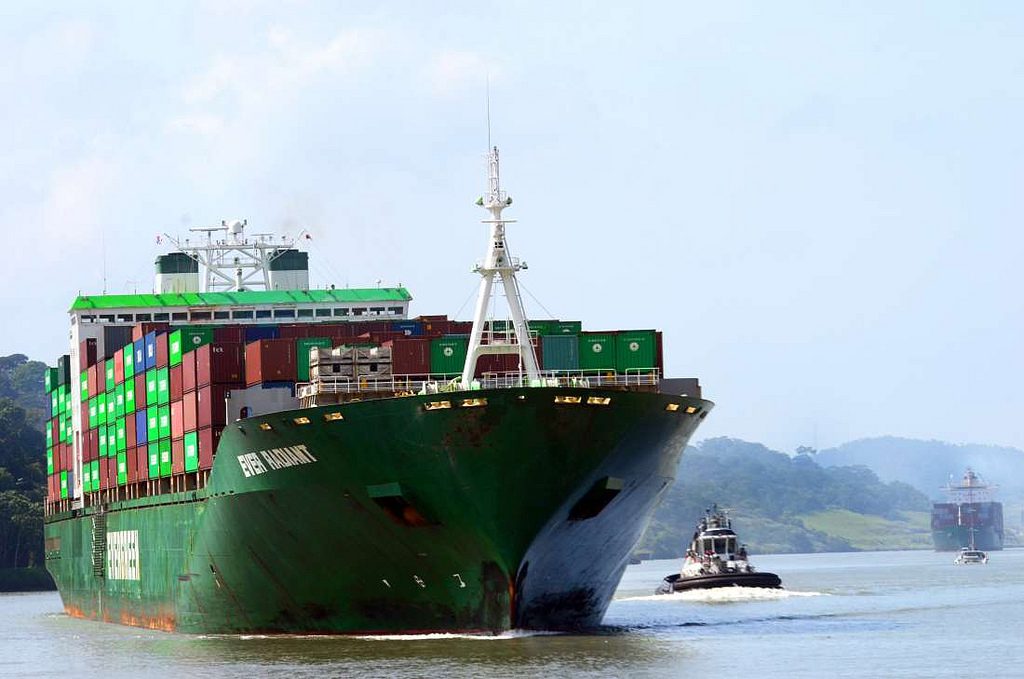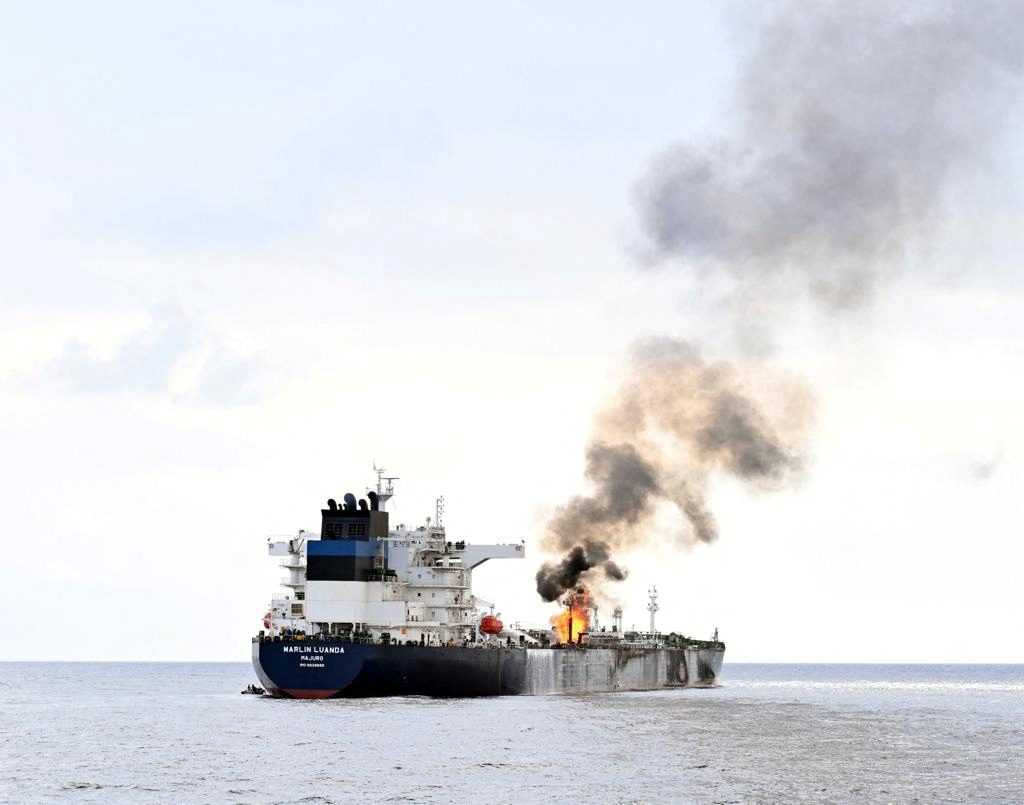Photo: Panama Canal Authority
U.S. East Coast ports could gain up to 10 percent additional share of the container traffic to the U.S. from East Asia following the opening of the expanded Panama Canal, according to new research conducted The Boston Consulting Group (BCG) and logistics services provider C.H. Robinson.
[contextly_sidebar id=”WQWlnrLDnFLzgiEJweB2wNtDT24Vskpf”]The research involved extensive scenario analyses and is believed to be the most comprehensive public study of how the canal’s expansion will likely change cargo movement, by both water and land, into and within the U.S. The findings of the research were released today in a report titled Wide Open: How the Panama Canal Is Redrawing the Logistics Map.
Following the completion Panama Canal expansion in 2016, the research found that up to 10 percent of container traffic to the U.S. from East Asia could shift from West Coast ports to East Coast ports by 2020.
The $5 billion expansion project, which involves the construction of a Third Lane of Traffic that will allow the passage of larger ships, will permanently alter the competitive balance between ports on the East and West coasts, according to the research. Although it is expected that global container will rise, West Coast ports will still handle more traffic, but will also experience lower growth rates and a reduced market share, the report says.
Goods shipped from East Asia through West Coast ports are currently transported by rail and truck as far east as the Ohio River Valley. The expanded Panama Canal, however, will allow larger capacity post panamax ships to reach East Coast ports, making East Coast ports more cost competitive considering the lower cost of shipping goods over water than over land. The report notes that West Coast ports will still remain the destination of choice for shippers who need to use the fastest routes possible.
“With the Panama Canal’s expansion, shippers will have more options and carriers will compete to provide those options,” said Peter Ulrich, a BCG partner and the leader of the firm’s transportation and logistics topic area in North America. “Rail, truck, and ocean carriers will all have to reconsider their routing and investment decisions. And shippers will need to make fundamental choices, such as where to locate distribution centers and how to segregate their cargo heading for the heartland.”
Following the opening of the expanded Canal in 2016, the research showed that the battleground region in which East and West Coast ports compete for customers will likely grow and shift several hundred miles west toward Chicago and Memphis, encompassing a region that accounts for about 15 percent of U.S. GDP.
In 2014, about 35 percent of container traffic from East Asia to the U.S. arrived at East Coast ports. According to the report, current growth trends even without the Panama Canal expansion are expected to push that share to 40 percent by 2020, but with the canal expansion in place, the East Coast’s share could reach 50 percent — a 10 percent increase in market share.
The report also analyzed four additional scenarios to help define the boundaries of how much container traffic will swing from West Coast to East Coast ports under different conditions for energy prices, canal tolls, infrastructure investments, and economic growth. High energy prices, for example, encourage fuel-efficient water travel and favor East Coast ports. Depending on the scenario – such as high energy prices encouraging fuel-efficient water travel for example – the shifts ranged from 0 to 10 percent.
Under any scenario, the report notes that all major U.S. ports will have greater container traffic in 2020 than they do today. But the largest of the West Coast ports, the Los Angeles–Long Beach complex, will handle less traffic than if the expansion were not to occur. That complex will likely experience growth at an average rate of 5 to 10 percent per year through 2020, compared with double-digit growth rates at some East Coast ports, the report said.
On the East Coast, the New York–New Jersey port complex and the Southeastern ports of Norfolk, Savannah, and Charleston are the best positioned to gain traffic due to their proximity to the battleground areas and intermodal networks. As the East Coast’s largest ports, they are also likely to be on the routes of the post-Panamax vessels, which tend to make fewer, longer stops than smaller vessels, the report said.
“Companies accustomed to shipping to the West Coast and relying on relatively fast rail service to cover most of the country will need to take a much more segmented and dynamic approach,” said Sri Laxmana, the director of ocean services at C.H. Robinson. “When time is of the essence, that routing may continue to make sense. But for other products, the savings of shipping through the Panama Canal will likely outweigh the extra time in transit.”
The full report can be found at the BCG Group website.
Unlock Exclusive Insights Today!
Join the gCaptain Club for curated content, insider opinions, and vibrant community discussions.

 Join The Club
Join The Club













